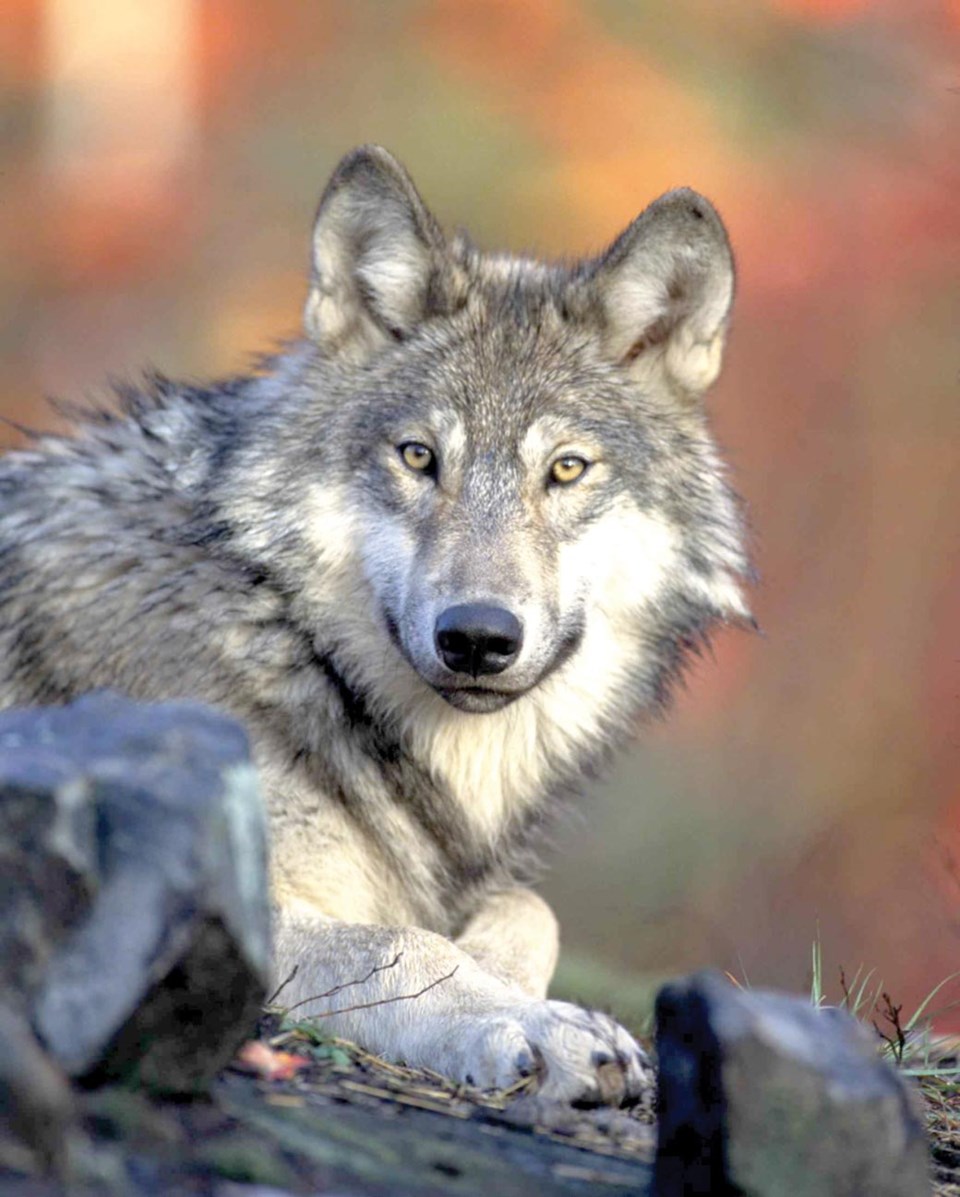by Melanie Jacob
Journal Editor
For the first time, Saskatchewan is piloting a controlled wolf hunt in the northeastern part of the province to implement temporary control of predation on livestock.
The hunt began on Sept. 15 and lasts until March 31 of next year. There are only 100 licenses available on a first come, first serve basis. Only Saskatchewan residents legally allowed to hunt will be able to buy one and hunting is restricted to the wildlife management zone (WMZ) 49.
The zone is mainly comprised of agricultural land and runs south along the forest from Carrot River to Greenwater Lake Provincial Park, then east along the forest to Hudson Bay. According to Don Gordon, president of the Saskatchewan Trappers Association, the deeper parts of the forests were avoided due to a conflict of interests.
"The forest area is divided into zones and assigned trappers per zone," said Gordon.
"Adding additional hunting pressure makes the role of the trapper that much more difficult. These animals can be fairly easy to trap, but it can be increasingly difficult when you add more pressure."
Since wolf predation on livestock is the concern here, the focus for the hunt is on agricultural lands. That means any wolves that retreat out of WMZ 49 are untouchable under this specific license.
To ensure the wolf killing doesn't get out of hand, hunters are allowed only two wolf kills per license. All kills have to be reported and there will be an assessment at the end of the hunt. Unfortunately, that doesn't mean everyone will play by the rules.
"You'd have to be foolish to think nobody is shooting wolves, but it's up to the game warden to catch that," said Paula Larson, chair of the Saskatchewan Cattlemen's Association (SCA). "In this world, most people will take care of (the wolf problem) themselves if they are able to."
Considering the serious financial problems any sort of predation causes, it wouldn't be very surprising if cattle producers wanted to "take care of the problem" themselves. One of the reasons these predations cause so much financial difficulty for livestock producers is because they're so difficult to identify.
When insurance agents come out to a scene for a claim, they have to be able to identify it in order for it to be legitimate. Unfortunately, when wolves attack, they don't usually leave much evidence behind, let alone anything identifiable. Thus, producers usually endure considerable economic loss as a result of predation.
"While compensation is available, it only covers the value of the calf and not the cost to the producer of keeping the cow that produced that calf," said an SCA news release. "If there is no financial return from the sale of a calf, then the economic loss is compounded."
According to Gordon, with the prices of beef being what they are, cattle producers can't afford that much loss, especially not when it can be prevented.
However, controlling wolf populations is not a task to be taken lightly. With wolves already an endangered species in various parts of the United States, this pilot project is being done as a test. It will determine if this option can be used as an effective control measure when predation gets out of hand. Regardless of the results, Larson says it won't be something they resort to all the time.
"It's a specific project to correct an issue specific to the area," she said. "The assessment will see if there are less wolf kills on their herd, less predations, and if we have taken care of the number (of wolves)."
Moreover, Gordon says the involvement and inclusion of the Saskatchewan Trappers Association should help to ensure that the wolf hunt is handled responsibly and in a manner "respectful to the animal." For example, they were the ones who set the season dates.
"If you're going to kill it, kill it when it's most usable," said Gordon. "A lot of jurisdictions will allow hunting year round, but May to June is not prime time these are guidelines we agreed on quite a while ago."
As it is, this pilot project will help balance the needs of cattle producers with the needs of protecting the wolf population. They have also considered other alternatives such as using professionals to relocate or deter wolves, chemical collars, and guardian dogs.
Chemical collars work by giving predators a bad taste when they try biting into livestock. It isn't a viable solution though, because it would be too expensive to put one on every animal.
Guardian dogs are the most cost effective, but can get ugly if the domestic and wild canines start scrapping it out. According to Gordon, however, there have been some very positive results.
Overall, these options would just be additional aid for the predation problem.
"There are methods that have been used and tried," said Gordon. "(This pilot project) is just one more tool in the toolbox."




